The Slav Defense is a chess opening for Black that begins with the moves 1.d4 d5 2.c4 c6.
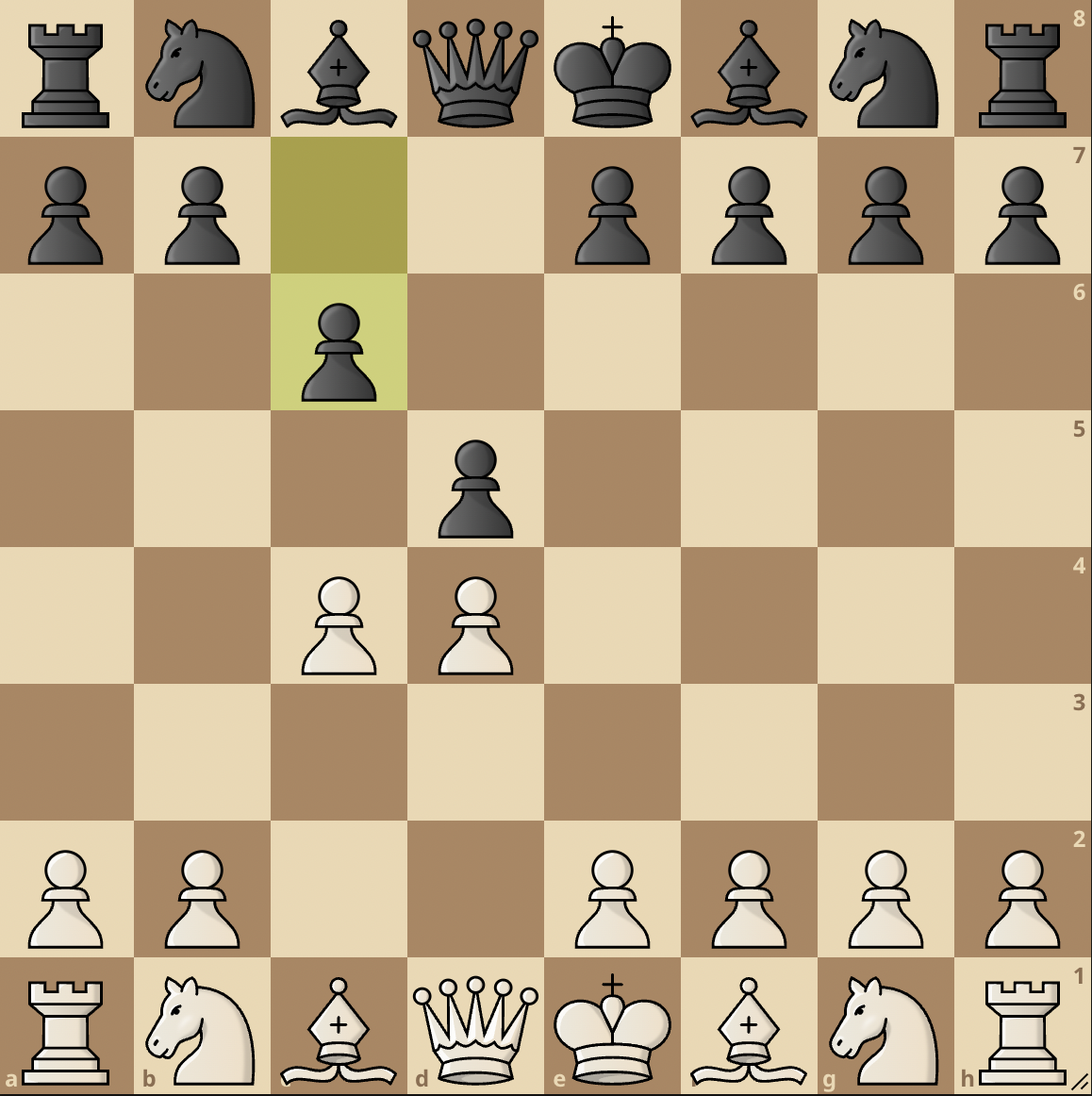
It’s one of the most popular defenses to the Queen’s gambit and is known for its extremely solid nature.
The idea behind the Slav Defense is to control the center pawns while building a solid defense. Black does not immediately accept the gambit pawn on c4, but instead reinforces the pawn on d5 with the c-pawn.
This allows Black to keep the option of taking the c4 pawn later to gain tempo for queenside expansion.
Black also avoids blocking the light-squared bishop on c8 with a pawn on e6, as in the Queen’s Gambit Declined, and can develop it to f5 or g4.
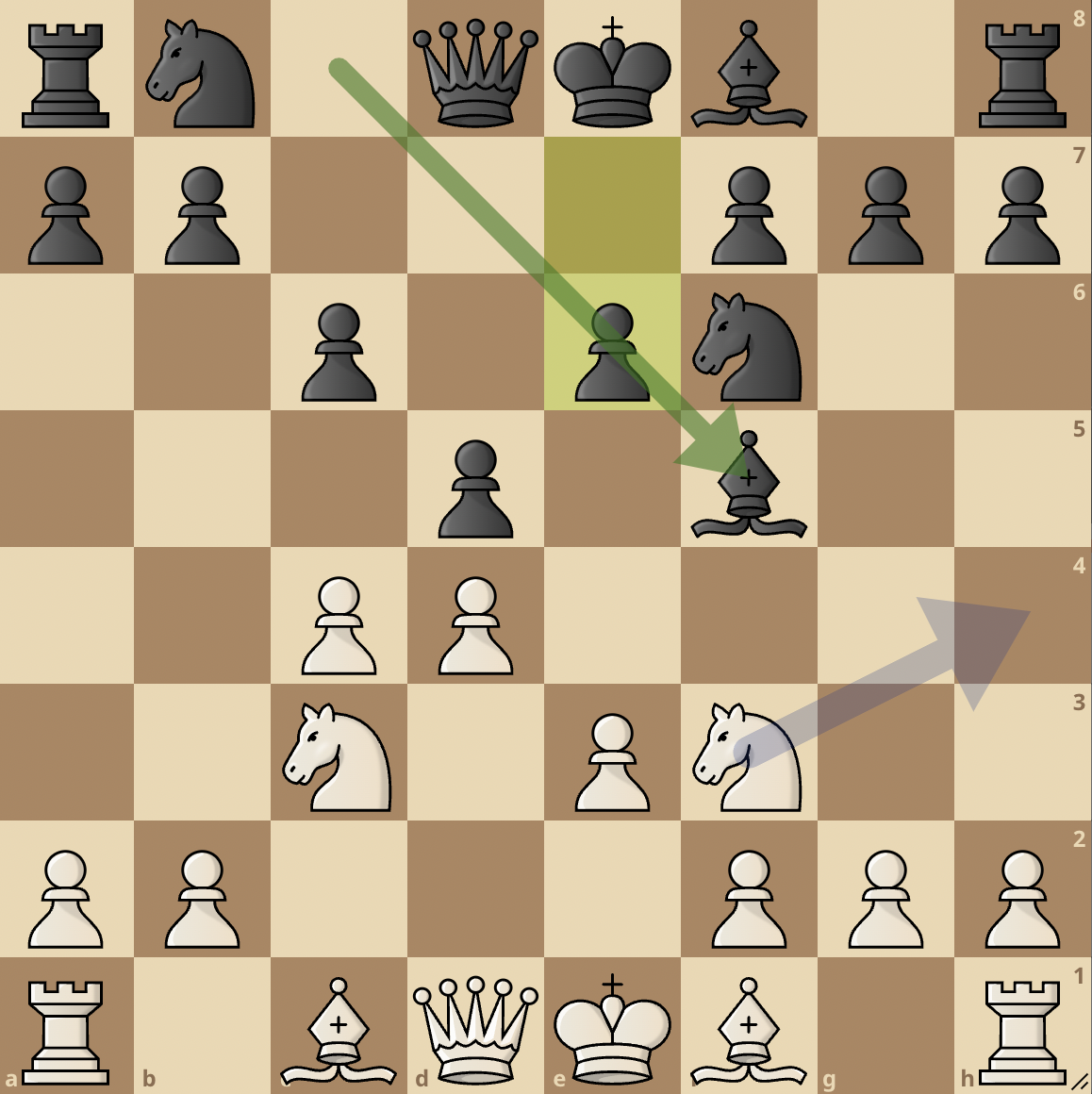
However, Black may have to give up the centre with …dxc4 at some point, and the thematic break …c5 may lose a tempo.
In any case, the Slav Defense is a very reliable opening that has been played by many world champions and top grandmasters.
Let’s take a look at the key variations in this defense.
Main Variations and Lines In The Slav Defense
Here are some of the key variations within the Slav Defense:
Exchange Variation (3. cxd5 cxd5)
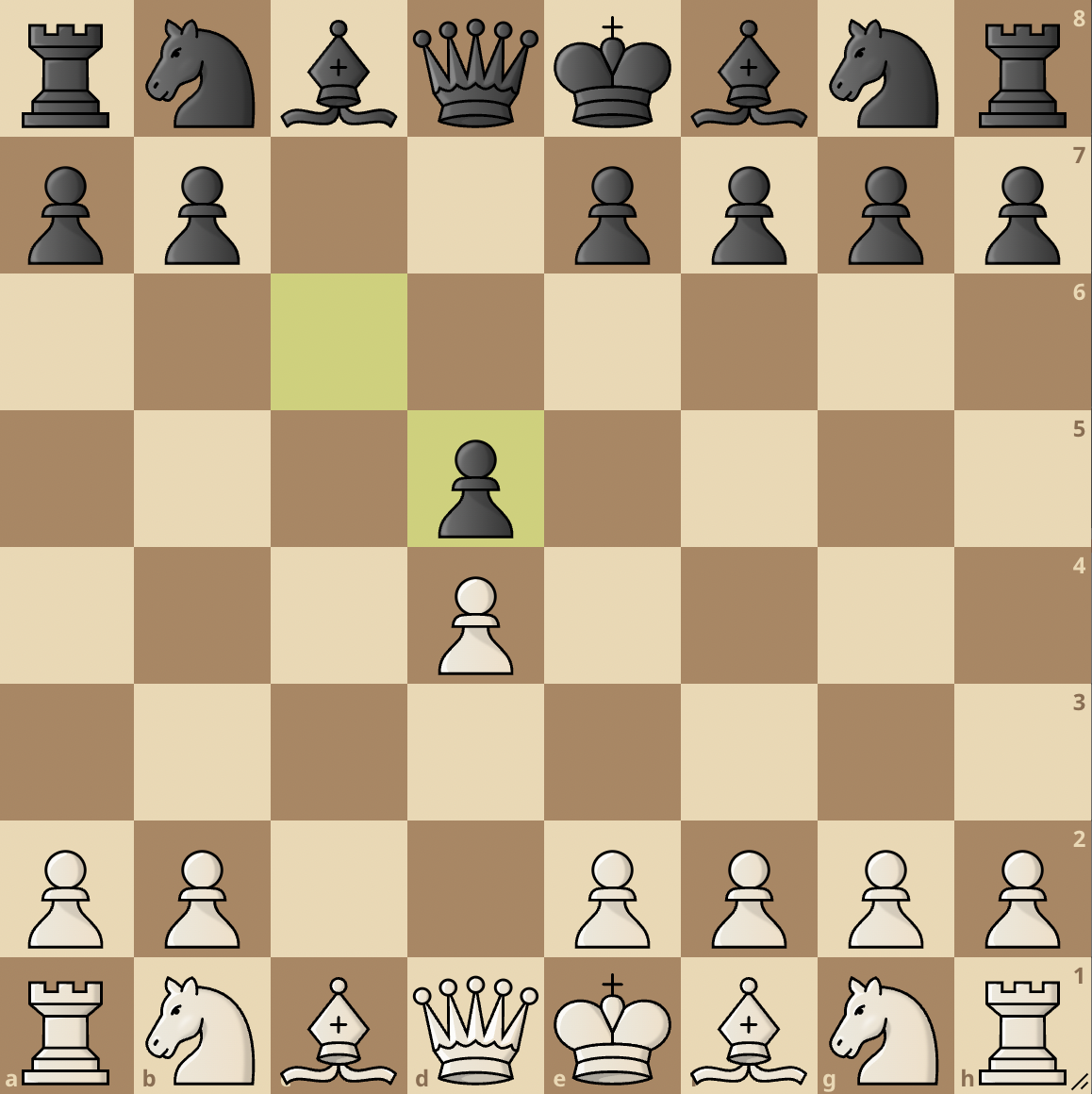
In the exchange variation, White trades the c-pawn for Black’s central pawn on d5 and aims for quick and easy development of his pieces. This variation does not offer White much of an opening advantage, as it often leads to drawish positions.
However, Black has to be careful not to fall into any traps or lose the initiative.
This variation can be particularly useful when White wants to avoid Black’s preparation in the Slav defense, or when White is playing against a stronger opponent and wants to secure a draw.
Although this variation leads to a symmetrical pawn structure and simplified pawn play, it provides practical chances for both sides.
Let’s analyze the mainline better and look at possible plans for White and Black.
1.d4 d5 2. c4 c6 3. cxd5 cxd5
(3…Qxd5 and White plays 4. Nc3 gaining a tempo and then 5. e4 grabbing important central squares)
4. Nc3 Nf6 5. Bf4
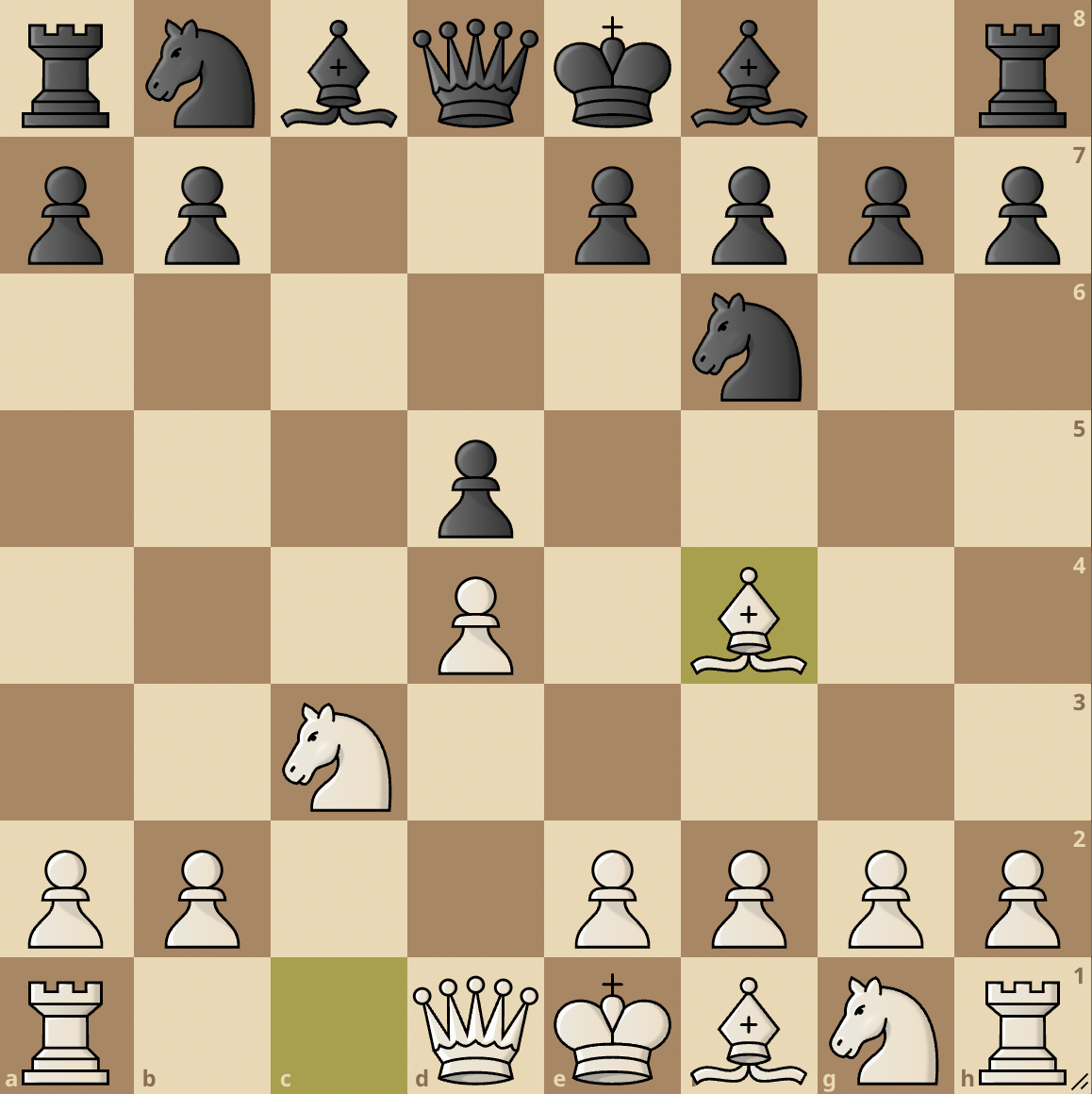
This is somewhat better than 5. Bg5 because White’s bishop now eyes the important f4-b8 diagonal.
5…Nc6 6. e3 Bf5
By getting this bishop out, Black is ready to follow up with the e6 pawn move to develop the dark-squared bishop.
6. Nf3 e6

Instead of 6…e6, some players prefer 7…a6 preventing the bishop pin on the c6-knight. The a6 move can support a later b5 pawn push grabbing space on the queenside.
White can however try to take advantage of the new weakened holes after a6 with ideas of occupying it with Nc3-a4-c5 or Nc3-a4-b6.
8. Bb5
One of the critical ideas in this opening.
In most cases, White will exchange his light squared bishop with the c6-knight creating a weak c6 pawn and a weak c5 square which can be exploited by doubling rooks on the c-file (Nc3-a4-c5 works well here too).
Black needs to get rid of this pin as White threatens Qa4 and Ne5 placing more pressure on the c6-knight.
8…Nd7!
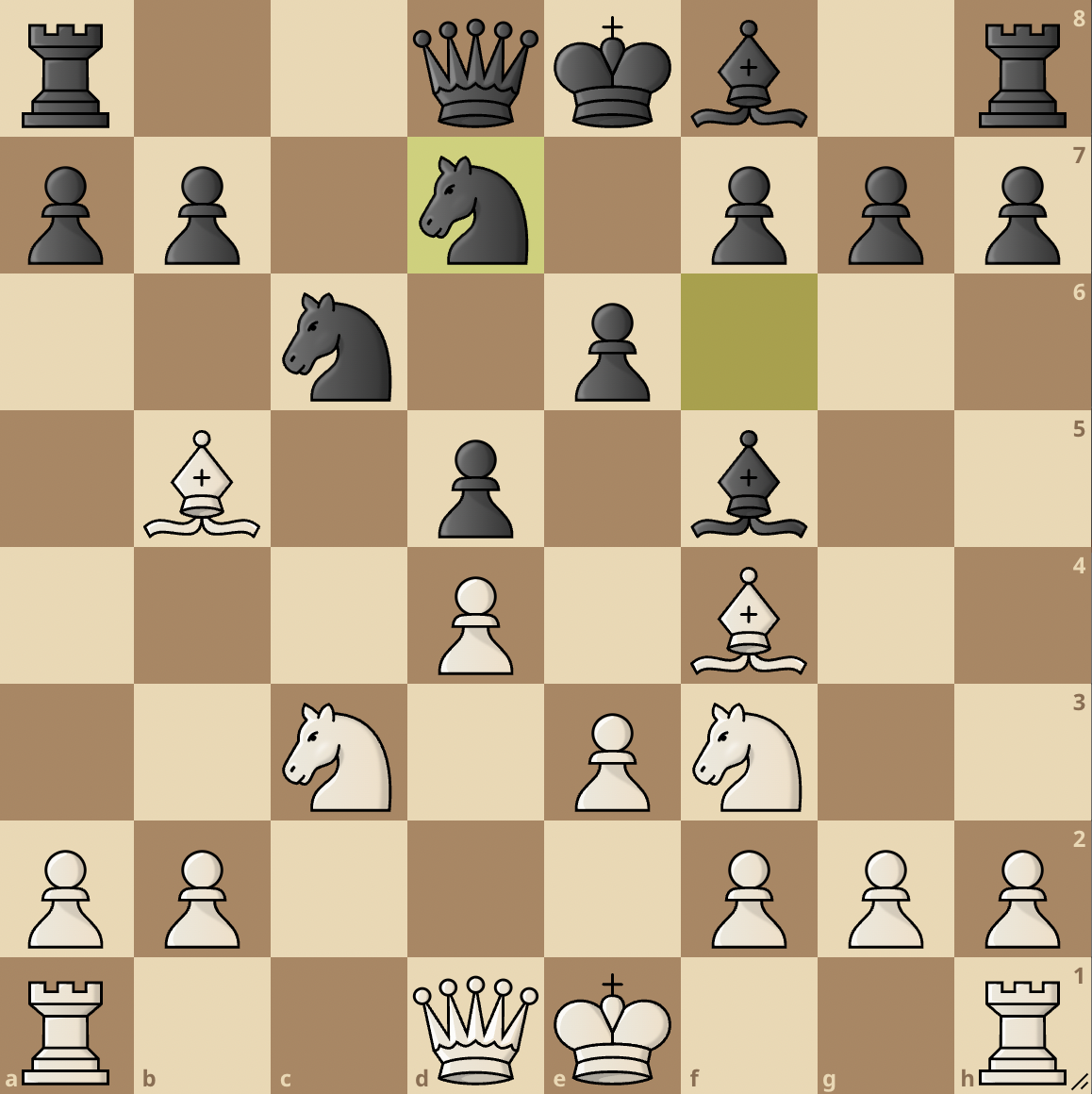
The best response! Black immediately unpins the knight, prevents Ne5 and supports the c5 pawn break after the c6-knight has been exchanged.
9. Qa4
(In as much as White’s play is on the queenside, Black can also throw up some attack on the kingside as can be seen in the game Seirawan- Beliavsky where the game went O-O instead of Qa4 9…Be7 10. Bxc6 bxc6 11. Re1 Rc8 12. Na4? g5! 13. Bg3 h5 14. h3 g4 -/+ Black is better here)
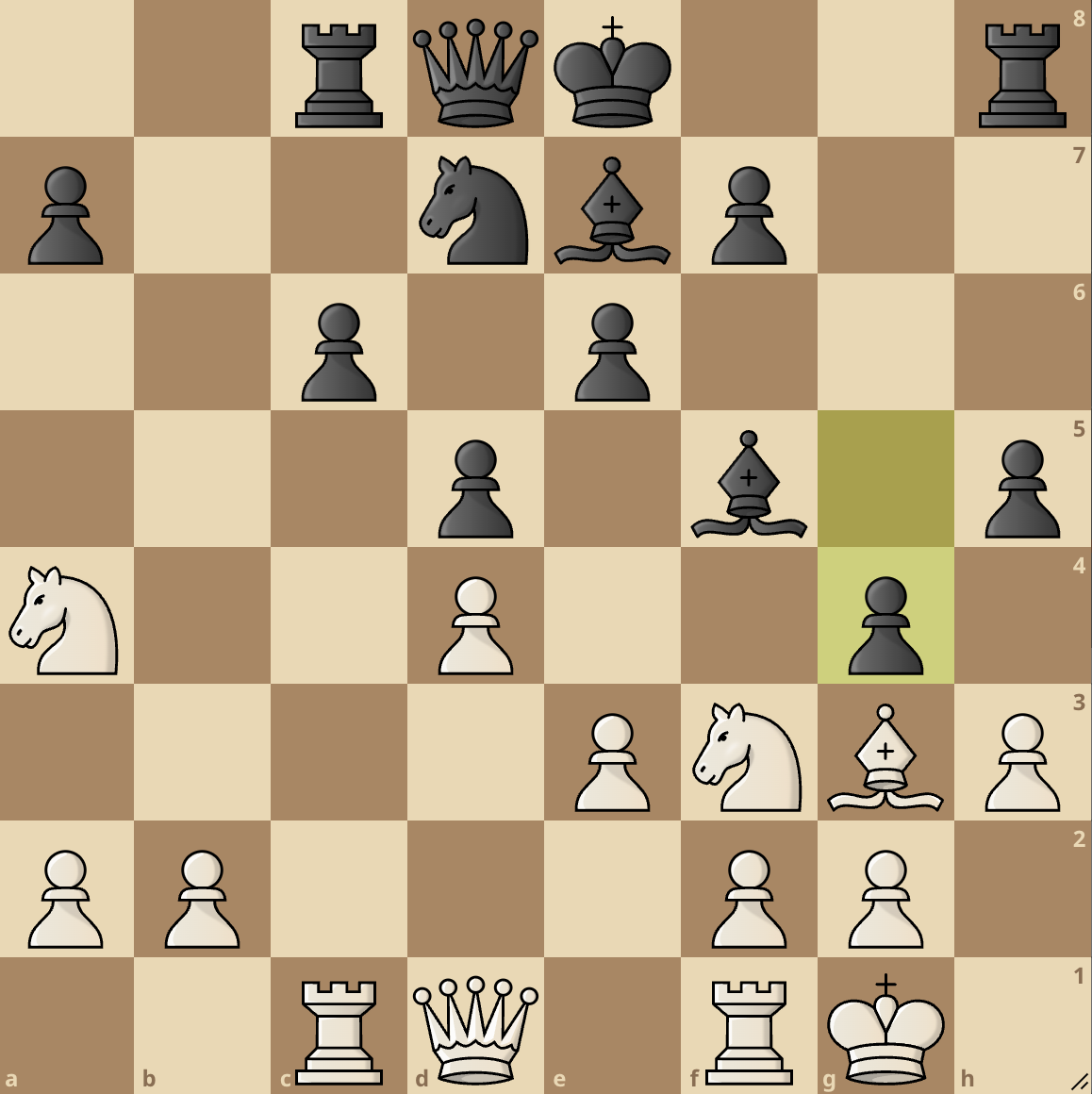
9…Rc8

Black defends the knight. If the knight at d7 was absent, then Qxa7 would have won White a pawn.
10. O-O
(Perhaps you noticed that White could grab a pawn with 10. Bxc6 Rxc6 11. Qxa7 but black gets ample compensation after 11…Bd3! preventing castling and keeping the white king in the centre)

10… a6
The end of this line. At this point, White can take the knight with the bishop and develop his rook to the open file with Rfc1.
The game Kramnik- Rublevsky, USSR 1990 continued 11. Bxc6 Rxc6 12. Rfc1 Be7 13. Nd1 b5 14. Qb3 Rc4 15. Nd2 Rxc1 16. Rxc1 O-O 17. Qc3 b4 18. Qc6 Bd3 =
The full game is shown below. Click the moves or move the board around for a better interactive experience.
Meran Variation (3.Nc3 Nf6 4.Nf3 e6 5.e3 Nbd7 6.Bd3 dxc4 7.Bxc4 b5)
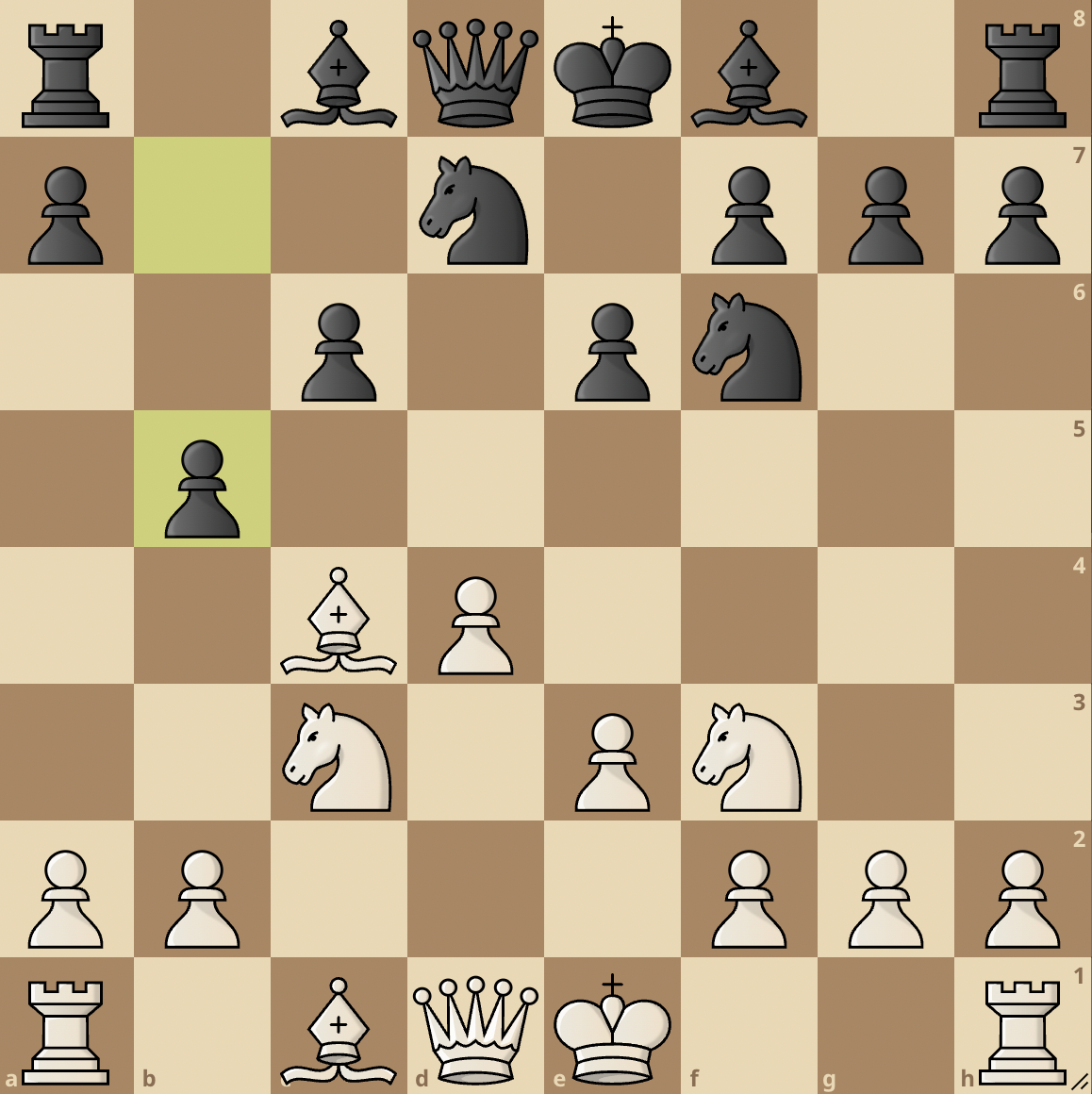
The Meran Variation arises after the moves 1.d4 d5 2.c4 e6 3.Nc3 Nf6 4.Nf3 c6 5.e3 Nbd7 6.Bd3 dxc4 7.Bxc4 b5, where the main idea for Black is to develop the light-squared bishop to b7 or a6, and then play …c5 or …e5 to challenge White’s centre.
The Meran Variation was first played in 1924 by Akiba Rubinstein against Ernst Grünfeld in the city of Meran, Italy. Since then, it has been extensively analyzed and played by many world champions and top grandmasters.
The Meran Variation can be divided into sub-variations, depending on White’s eighth move. The most common ones are:
The Reynolds Variation:
8. Bd3, where White retreats the bishop to its original square and prepares to castle kingside.
This is the most classical and solid continuation for White, who hopes to exploit Black’s weak squares and underdevelopment via the centre.
The main line goes with 1.d4 d5 2.c4 e6 3.Nc3 Nf6 4.Nf3 c6 5.e3 Nbd7 6.Bd3 dxc4 7.Bxc4 b5 8.Bd3 a6 9.e4 c5 10.d5
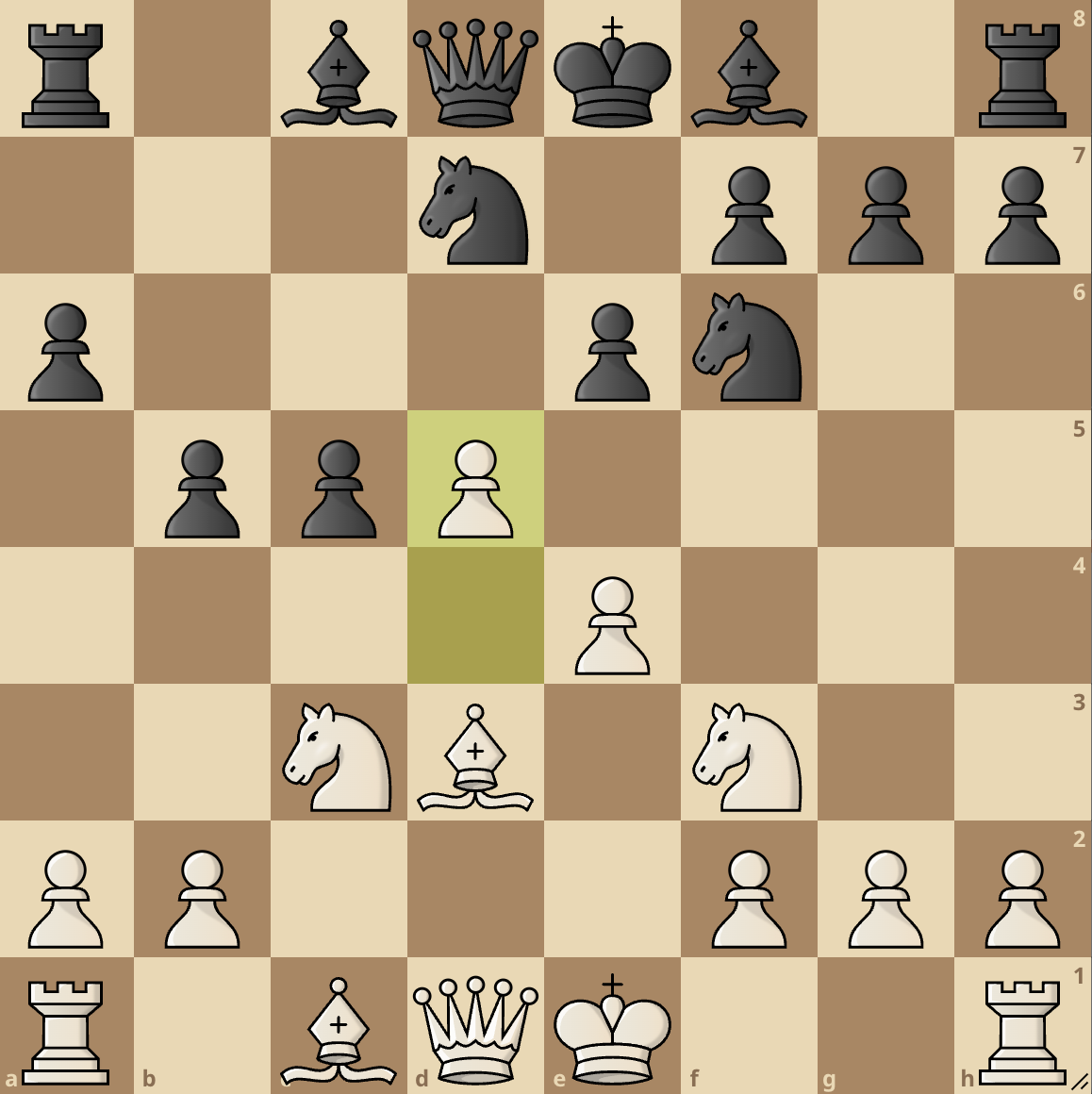
From this position, there’re lots of ideas to conceive and implement. Black has to watch out for the king and focus on developing more pieces to avoid being overrun in the centre.
The Wade Variation:
8. Bd3 Bb7, where White simply retracts the bishop to d3 and Black develops the light-squared bishop to b7.
1.d4 d5 2.c4 e6 3.Nc3 Nf6 4.Nf3 c6 5.e3 Nbd7 6.Bd3 dxc4 7.Bxc4 b5 8.Bd3 Bb7

Black plans to break White’s center with c5 with support from the knight on d7 and dark-squared bishop on f8.
But Black can’t play it immediately. He has to play a6 first supporting the b5 pawn before advancing with c5. It’s a really dynamic situation altogether.
Semi-Slav Defense (3.Nc3 Nf6 4.Nf3 e6)

The Semi-Slav Defense combines the ideas of the Slav Defense and the Queen’s Gambit Declined.
Black plays both …e6 and …c6 to support the central pawn on d5, but delays capturing the white pawn on c4. This gives Black more flexibility and options in the opening, but also locks in the light-squared bishop on c8 (which can be rerouted via b7 or a6).
Black can later choose to either take the pawn on c4 and hold it with …b5, or return it and play for a break with …c5 or …e5.
Botvinnik Variation ( 2.c4 e6 3.Nc3 Nf6 4.Nf3 c6 5.Bg5 dxc4 6.e4 b5 7.e5)
1.d4 d5 2.c4 e6 3.Nc3 Nf6 4.Nf3 c6 5.Bg5 dxc4 6.e4 b5 7.e5
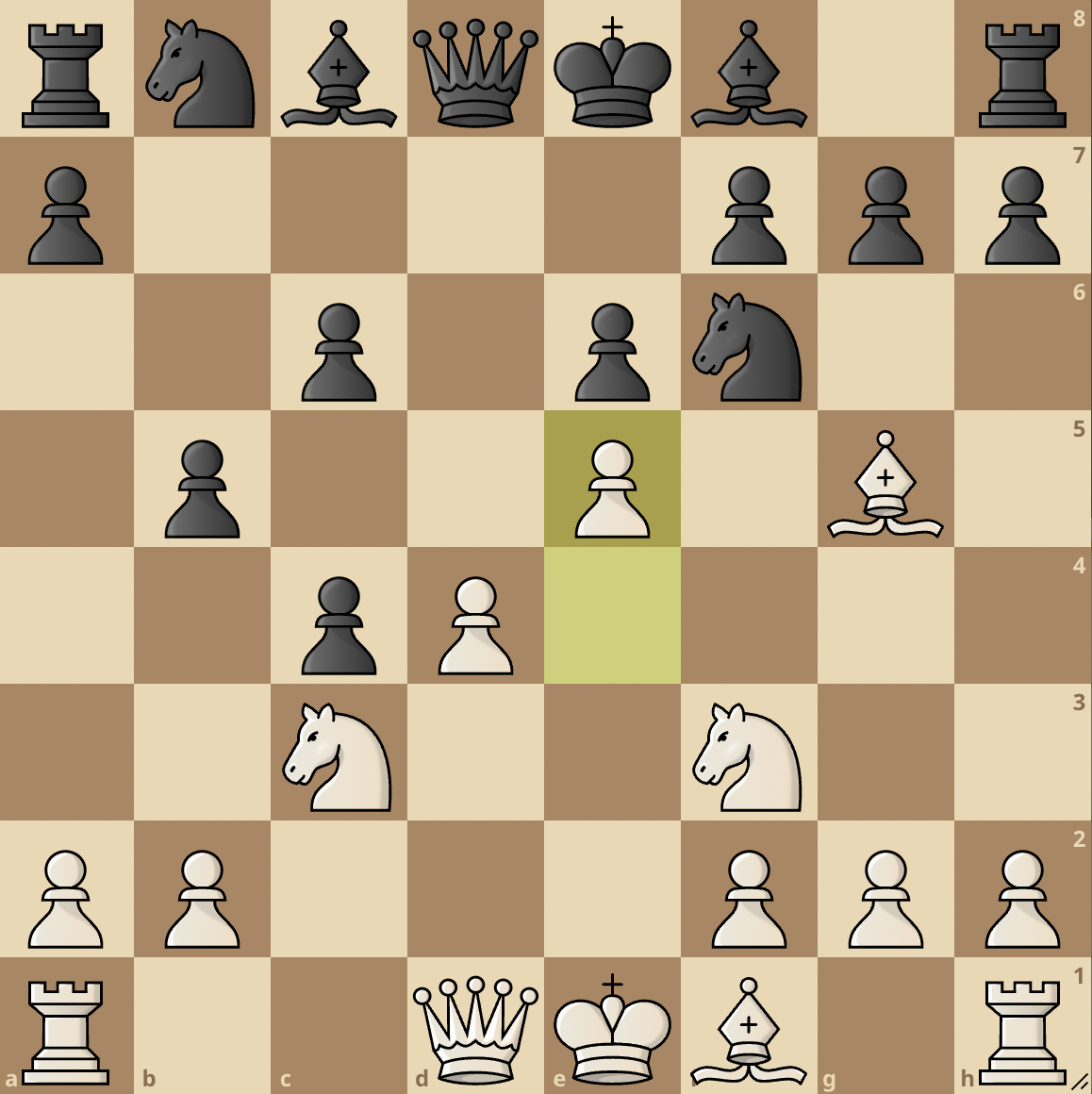
The Botvinnik was named after the former world champion Mikhail Botvinnik, who pioneered this system in the 1930s and 1940s.
The main idea of this variation is that Black sacrifices a pawn in exchange for active piece play and attacking chances. White has to be very careful not to fall into one of the many tactical traps that Black has prepared in this line.
The critical position is reached after 7…h6 8.Bh4 g5 9.Nxg5 hxg5 10.Bxg5 Nbd7 11.exf6 Bb7 12.g3 c5 13.d5 Qb6 14.Bg2 O-O-O 15.O-O b4 16.Na4 Qb5 17.a3
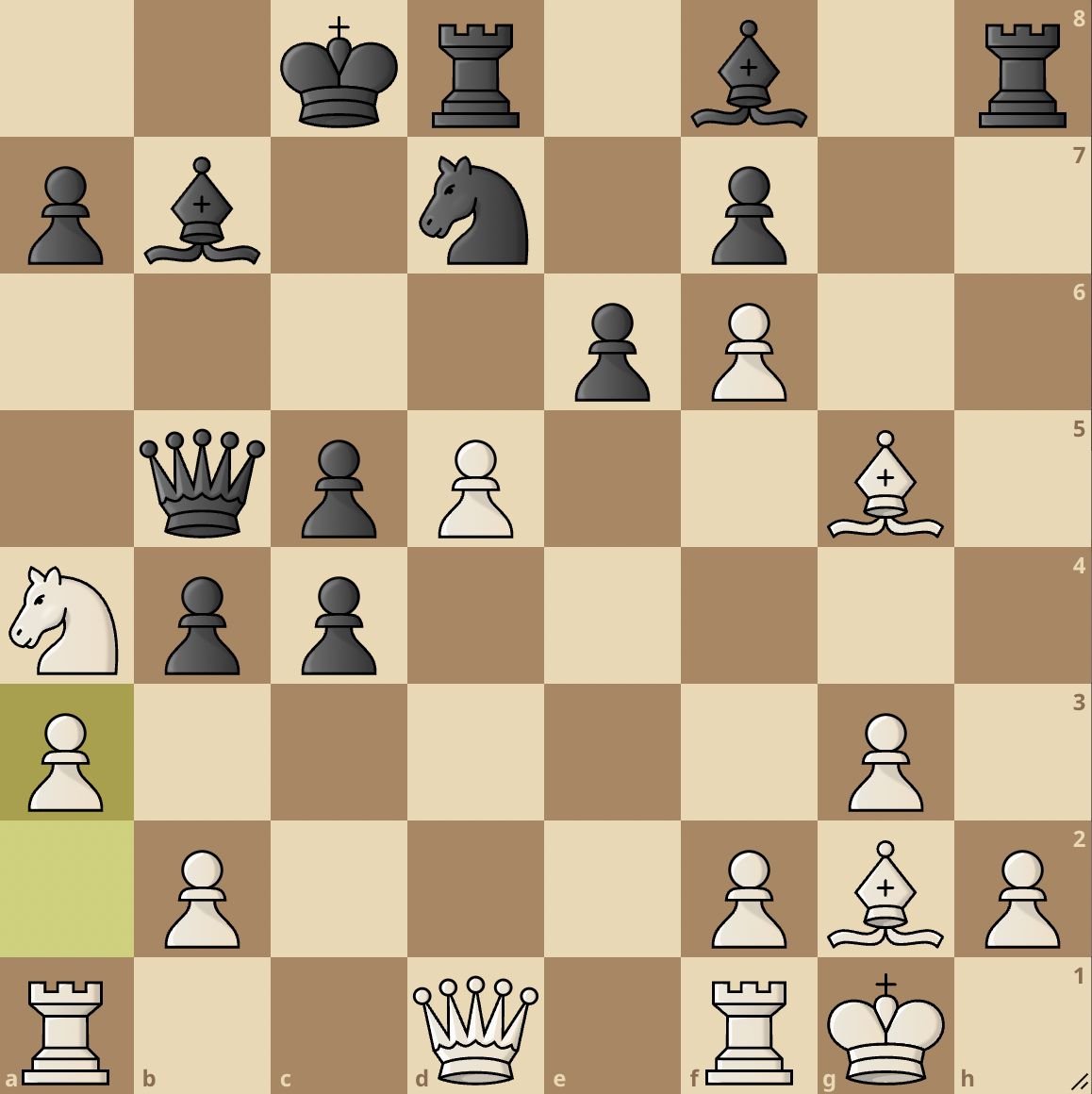
This position is very sharp and require accurate play from both sides.
Anti-Moscow Gambit
1.d4 d5 2.c4 e6 3.Nc3 Nf6 4.Nf3 c6 5.Bg5 h6 6.Bh4

The main idea of the Anti-Meran, Anti-Moscow Gambit is that White avoids the main lines of the Semi-Slav Defense, such as the Meran Variation (5.e3 e6 6.Bd3 dxc4 7.Bxc4 b5) and the Botvinnik System (5.Bg5 dxc4 6.e4 b5 7.e5 h6 8.Bh4 g5 9.Nxg5 hxg5 10.Bxg5 Nbd7 11.exf6 Bb7), which are very complex and well-analyzed.
Instead, White plays 5.Bg5 h6 6.Bh4, which is a quiet and flexible move that keeps the tension in the center and prepares to retreat the bishop to g3 if attacked by …g5.
White also keeps the option of playing e2–e3 or e2–e4, depending on Black’s reaction.
Black has several ways to respond to 6.Bh4, but the most common are 6…dxc4, 6…Be7 and 6…g5. After 6…dxc4, White can play 7. e4, which leads to sharp and tactical positions, or 7. a4, which is more positional and prevents Black from playing …b5. After 6…Be7, White can play 7. e3, which transposes to the main line of the Meran Variation, or 7. Qc2, which is a more aggressive move that aims to exploit Black’s weakness on the c-file.
The Anti-Moscow Gambit is quite flexible and offers White a lot of options and possibilities to create an imbalance and fight for an advantage.
Chameleon Variation
1.d4 d5 2.c4 c6 3.Nf3 Nf6 4.Nc3 a6
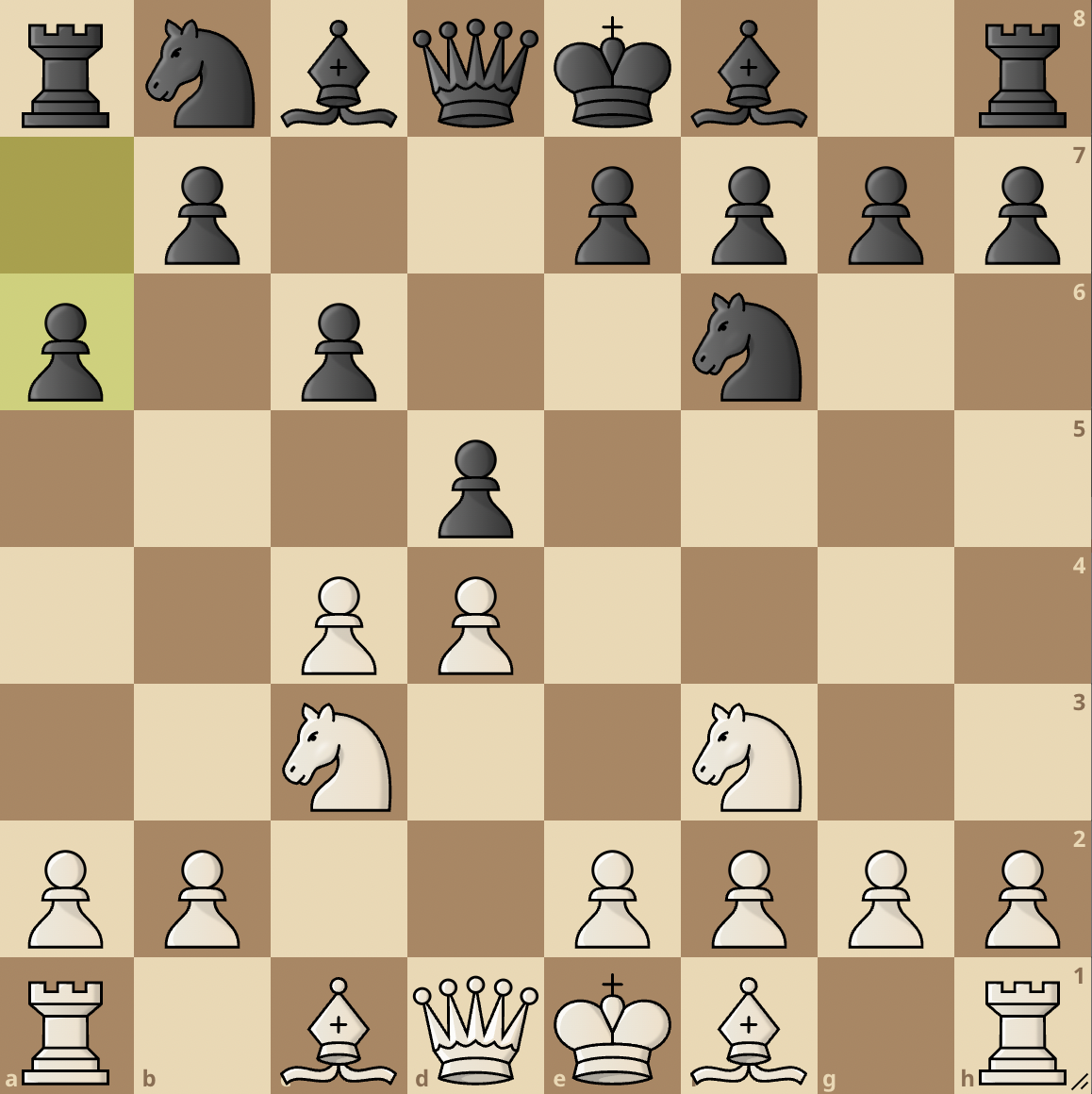
The name Chameleon comes from the fact that Black can adapt to different pawn structures and plans depending on White’s reaction.
The main idea of the Chameleon Variation is that Black delays the capture on c4 and plays a6 instead, which has several advantages.
First, it prevents White from playing Bb5 (if he eventually captures on d5), which is often annoying for Black in the Slav Defense.
Second, it prepares b5, which can either support the capture on c4 or create counterplay on the queenside. Third, it keeps the option of playing e6 or g6, depending on White’s setup.
White has several ways to respond to 4…a6, but the most common are 5.c5, 5.e3, 5.a4 and 5.cxd5. After 5.c5, White tries to gain space and create a queenside majority, but Black can play 5…Bf5 or 5…Bg4 and challenge White’s center.
After 5.e3, Black can play 5…b5, or 5…Nbd7. After 5.a4, White prevents Black from playing b5, but Black can play 5…e6 or 5…Bg4 and play quietly.
Concluding Thoughts
The Slav Defense is a very interesting opening that can lead to complicated battles.
Some final pieces of advice: Study the theory well before attempting it in tournament play. Resulting positions can be extremely sharp so ensure you’re ready for it.



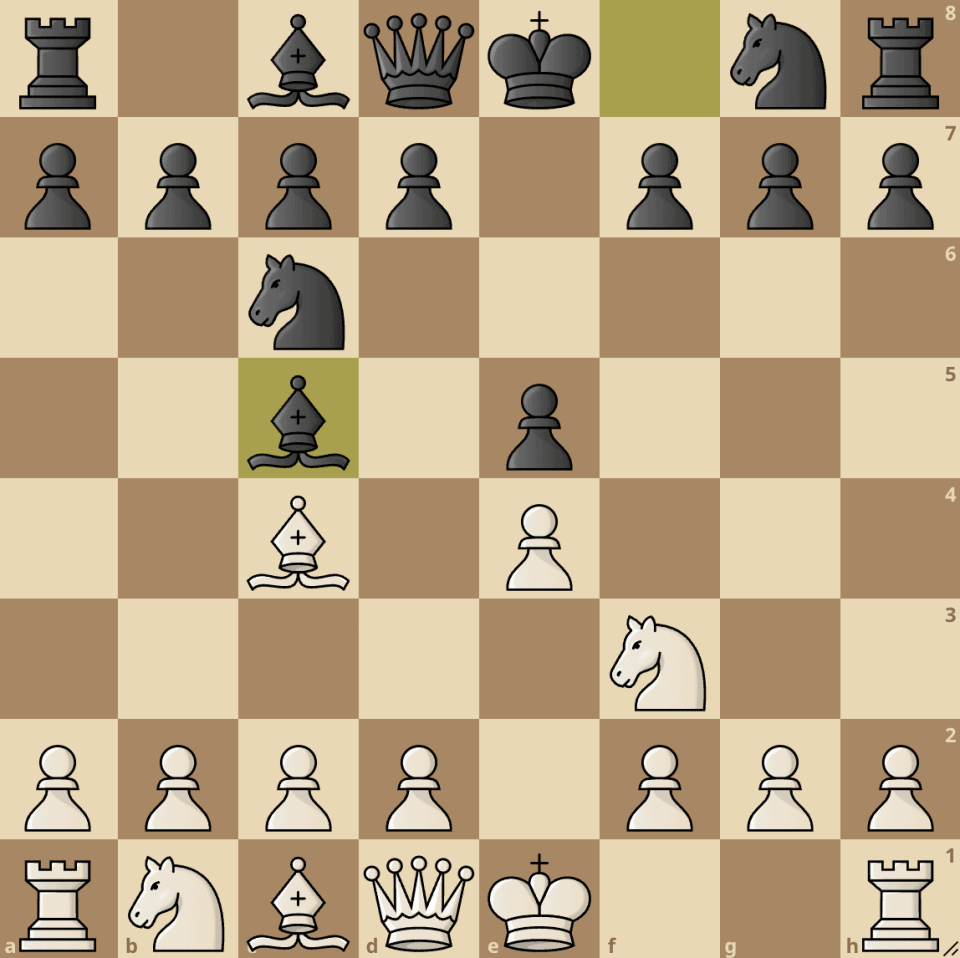

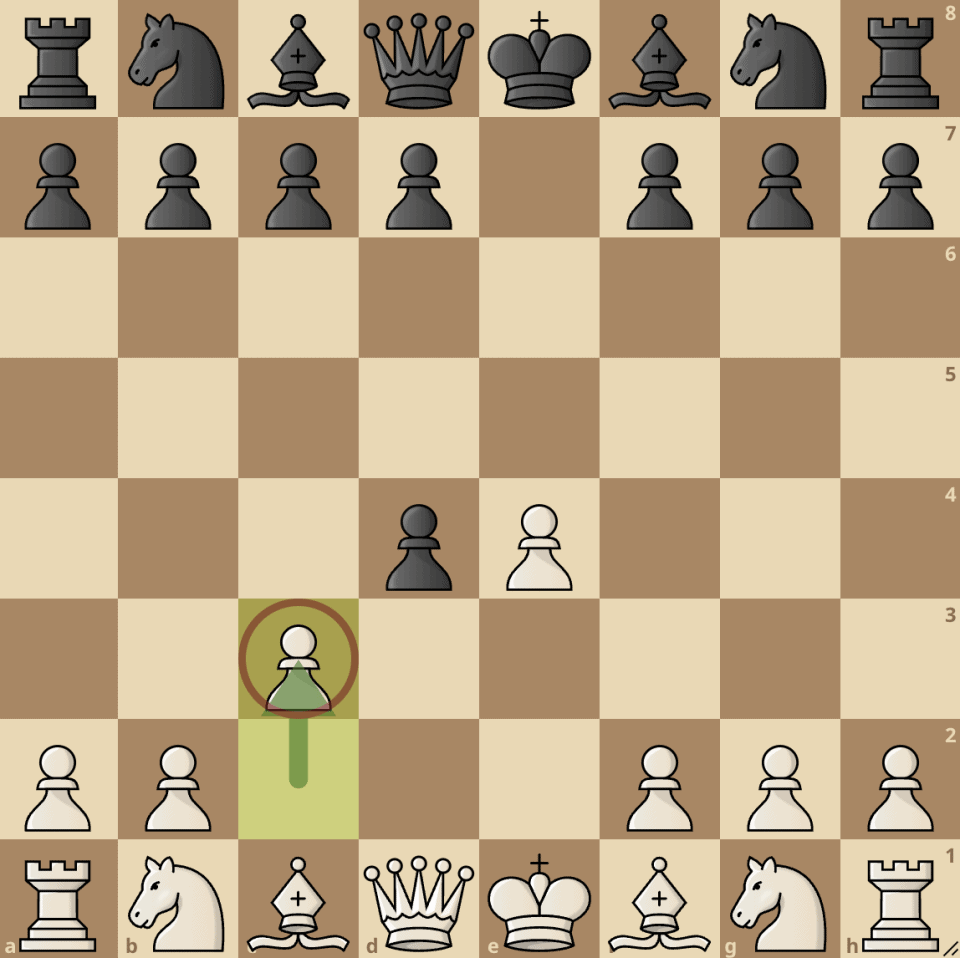
join the conversation